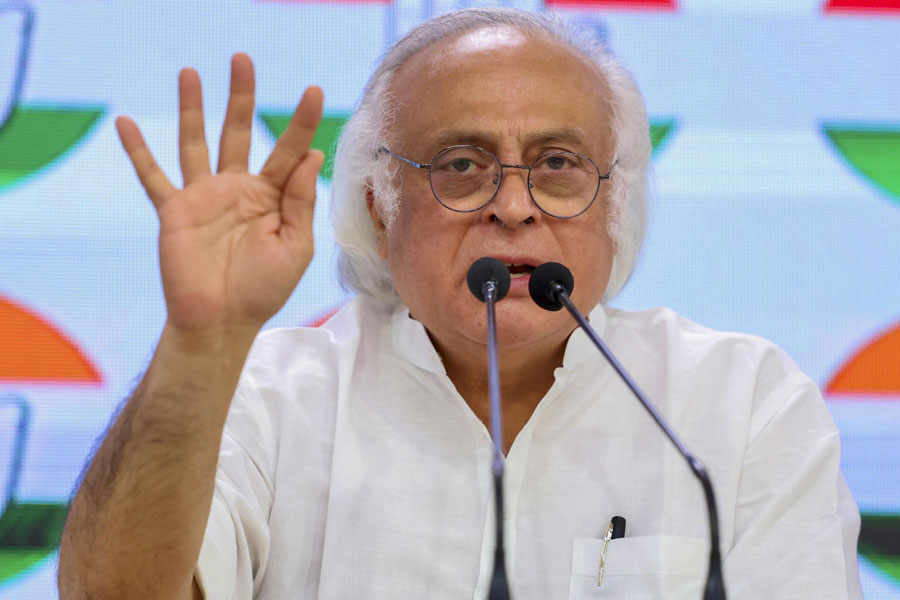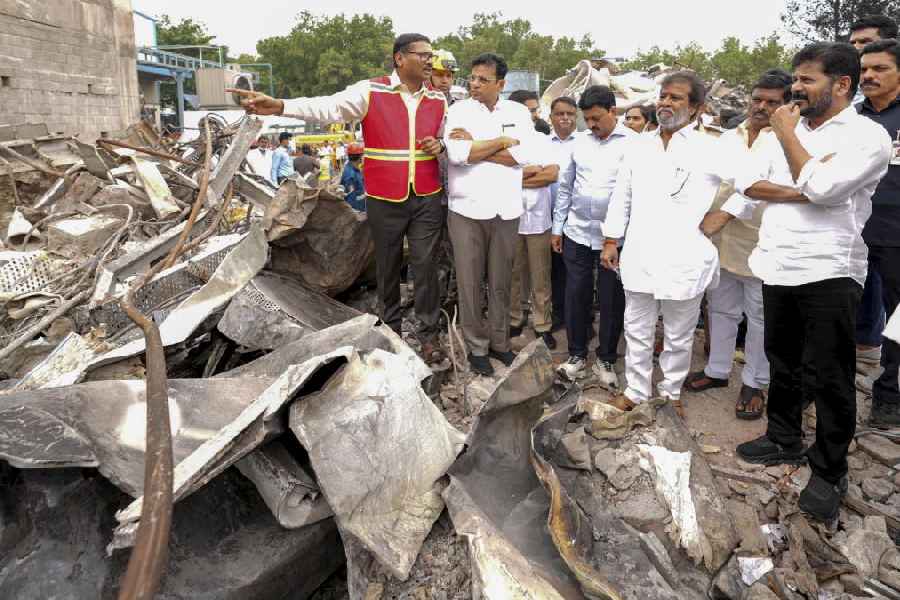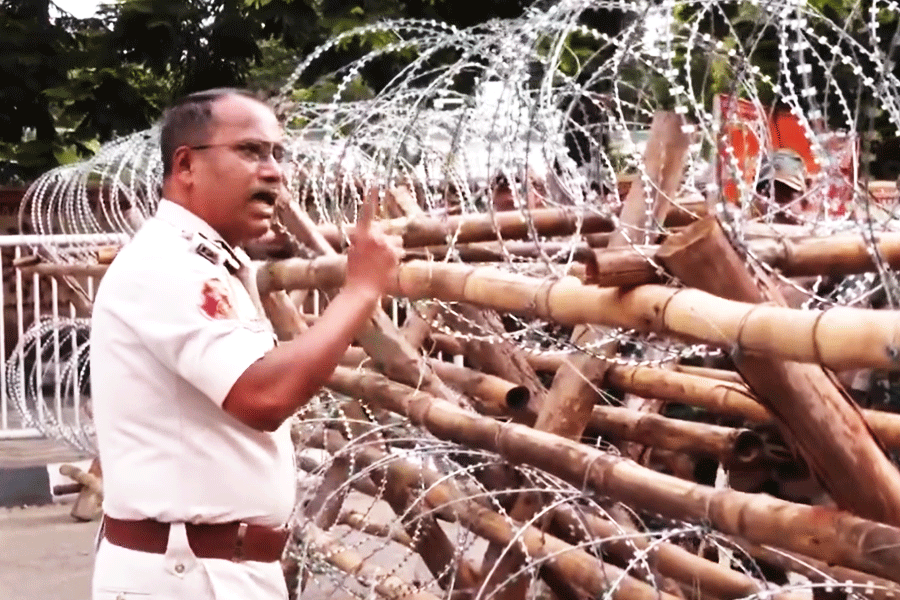 |
Laila Ollapally had seen mother and daughter-in-law tiffs earlier — but this was different. Sunil Reddy was 39, worked as an engineer in Dubai, when he suddenly died. His insurance money and savings went to wife Padma, who he’d nominated as his beneficiary. That’s when Reddy’s mother, Parvati, filed a case demanding a share in her son’s money. “Parvati had pumped all her money into her son’s education. She was left with no support,” recalls Ollapally, a mediator at the Bangalore Mediation Centre (BMC), who handled the case last year. It was referred to the BMC by the family court.
Ollapally figured this case had more to do with an emotional, rather than monetary loss. So she got the two women to sit together, recall the past, consider the future of Sunil’s two young children and talk things through. It worked. “Padma would give her mother-in-law a monthly maintenance. Also, since Parvati was getting old and enjoyed her daughter-in-law’s cooking, she would send her packed dinner every evening,” says Ollapally, adding that both left satisfied.
“Through mediation, it is possible to reach creative solutions to resolve cases. A court, on the other hand, would have just followed the law,” says Ollapally, about this legal process that’s gaining currency in India.
According to 2010 figures, it would take 320 years to clear the backlog of 31.28 million cases pending in courts across the country. This means that every Indian judge will have an average load of about 2,147 cases during his or her career.
To tackle this overload, Section 89 of the Code of Civil Procedure was amended by Parliament in 1999. The amendment empowered the courts to “allow for settlement of disputes outside court by referring civil disputes for resolution through alternative mechanisms — arbitration, conciliation, judicial settlement, including settlement through Lok Adalat, and mediation.”
Sitting across the table and talking things through became the new formula for resolving civil disputes. “Mediation attempts to shift parties from an adversarial to a consensual position. The outcome is a win-win situation for both,” explains Ollapally.
It’s also a cost-efficient and time-saving method of resolving cases, says Kurian Mathew, panel mediator at the Kerala Mediation Centre, Cochin. When a case is referred for mediation, there is 100 per cent refund of court fees. Also, the law stipulates that a case referred for mediation has to be resolved within 60 days. “I have people who fly in from the Gulf by the early morning flight and return in the evening with disputes settled in my office,” says Mathew, who charges between Rs 3,000 and Rs 5,000 per session. A case is usually closed in three to four sessions, he adds.
A case resolved at a mediation centre isn’t just an informal handshake between two parties — it is legally binding as well. “The mediator draws an agreement which is sent to a court — which then passes a decree, making it a legal, executable document,” explains Mathew.
The Bangalore and Delhi High Courts were the first to set up mediation centres in 2007. Currently, every state high court has a centre attached to it. All cases coming to the mediation centre are referred by the court. “The court examines whether there is scope for mediation,” explains Prasad Subanna, mediator and trainer at the BMC.
In 2007, when the BMC started, it received 2,500 cases. “The numbers have been increasing since. Last year, we received 5,000 cases,” says Subanna, adding that 23,000 cases have been referred to the mediation centre so far. “Of these, 64 per cent have been successfully resolved,” he says. The BMC has 82 mediators.
Matrimonial disputes form the bulk of cases coming to the BMC. “Most cases revolve around divorce, judicial separation and restitution of conjugal rights. We have handled a total of 10,000 marriage cases, out of which 83 per cent have been resolved,” says Subanna.
Property and money disputes form the second largest litigation category referred for mediation. “The BMC has worked on 7,000 cases relating to property disputes, land partitions and money suits,” says Subanna. Besides, sundry criminal cases, such as those on domestic violence, dowry harassment and dishonoured cheques, also come to the centre occasionally, says the mediator.
Apart from the swiftness with which a case is settled through mediation, the latter also works very differently from a court of law. In a court, a judge sits on the dais and is addressed as “Your Honour”. A mediator sits at the same level as the two parties and is addressed as Mr So-and-so. In court, the two parties talk via lawyers. The goal of mediation, on the other hand, is to establish communication between the warring parties. “While the courts follow a judicial process, mediation is a negotiation process, where the decision making is left to the parties,” sums up Subanna.
Moreover, a mediator can go beyond the legal framework while resolving a case — something that a judge cannot do, says KMC’s Mathew. He did so himself, when a divorce case of a Doha-based Indian couple was referred to him last year. “The husband said his wife had violent mood swings. So I suggested that she undergo psychological tests. She was diagnosed with clinical depression,” recalls the mediator. Once the wife received treatment, the couple sorted out their differences.
Although advocates are trained to work as mediators, they require a varied skill set to qualify for the job, says BMC trainer Subanna. “Lawyers need to unlearn a lot of things to become mediators. It’s important to be patient, understand human nature and have good communication skills,” he says. To become a mediator, a lawyer needs a minimum 15 years of work experience. They get theoretical and practical training before getting a mediator certification from the high court.
Subanna believes mediation will play a crucial role in resolving civil cases in the future. The central government launched a pan-India mediator training project in 2009 — which aims to have 100 trained mediators in every district in five years. “In the US, 98 per cent of the cases are resolved through private mediation. That is the final objective of the Indian judicial system as well, as it will take a huge burden off the courts,” he says.











